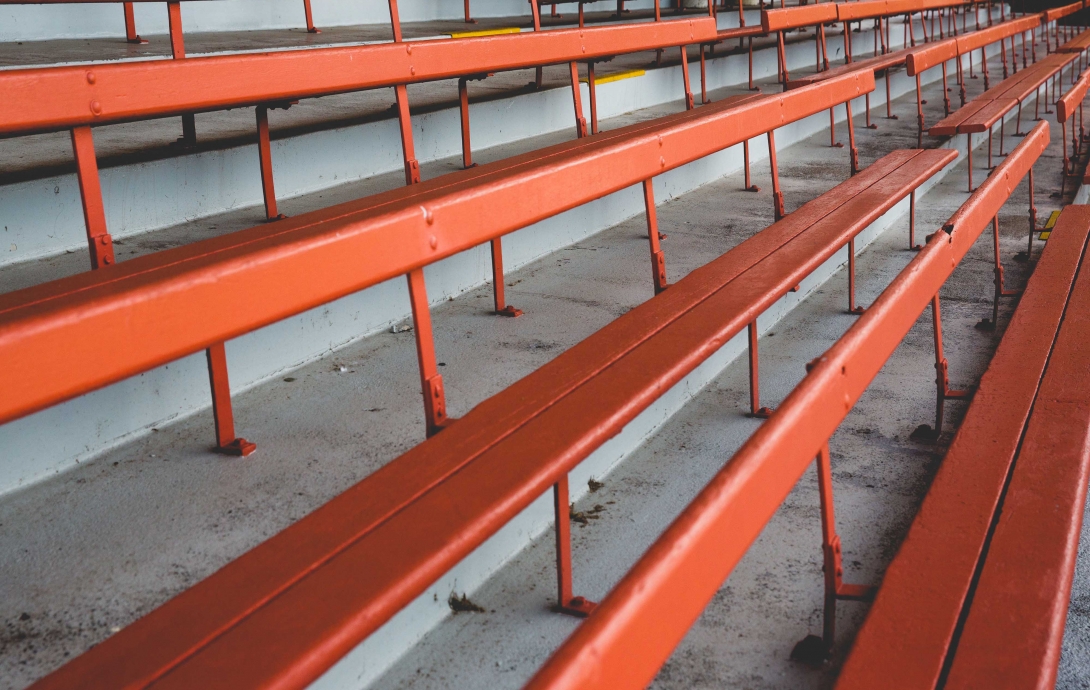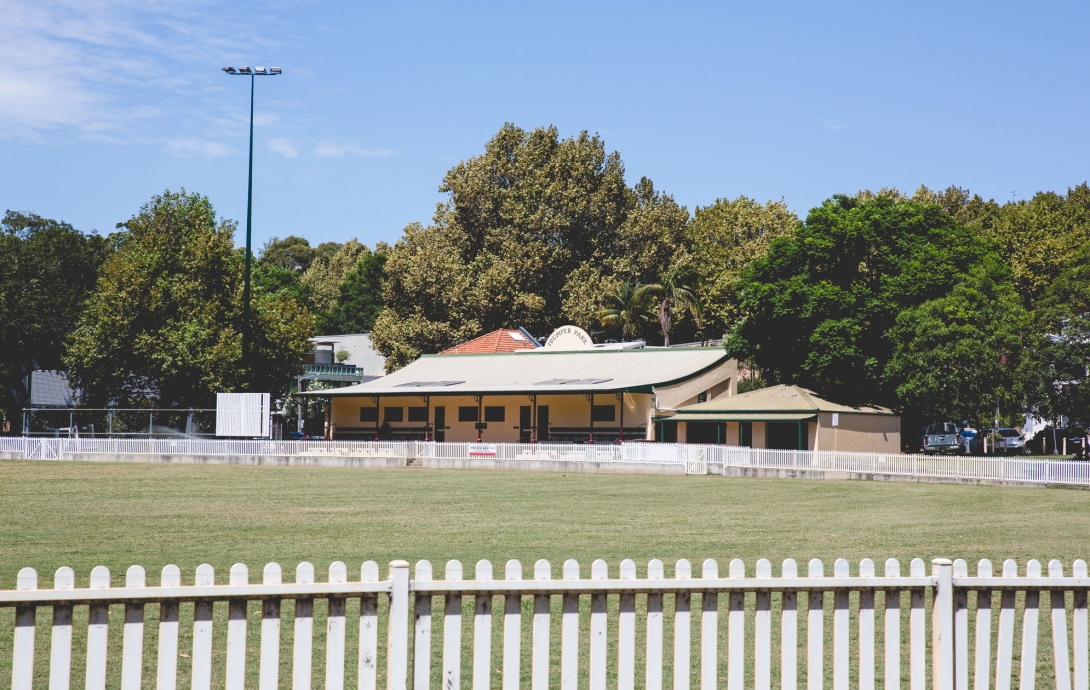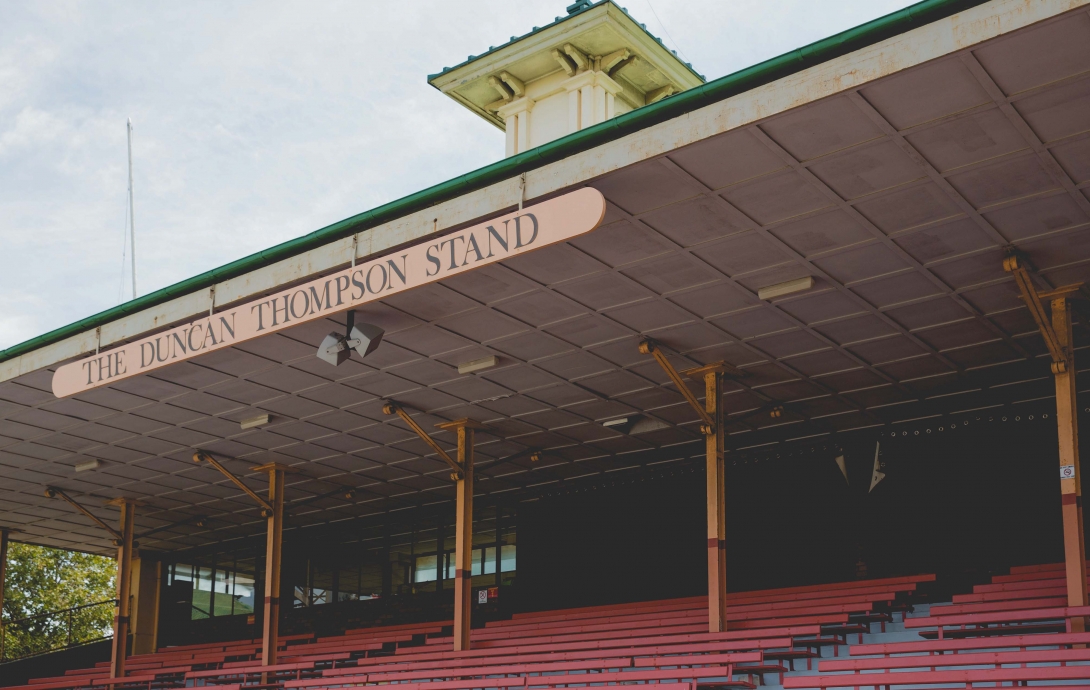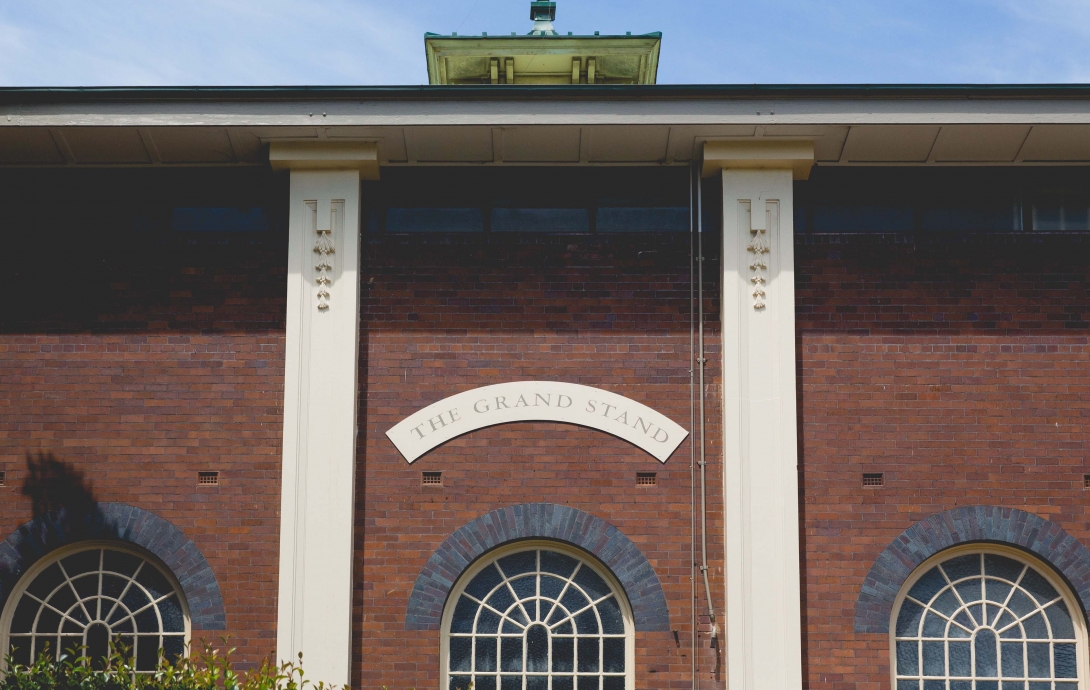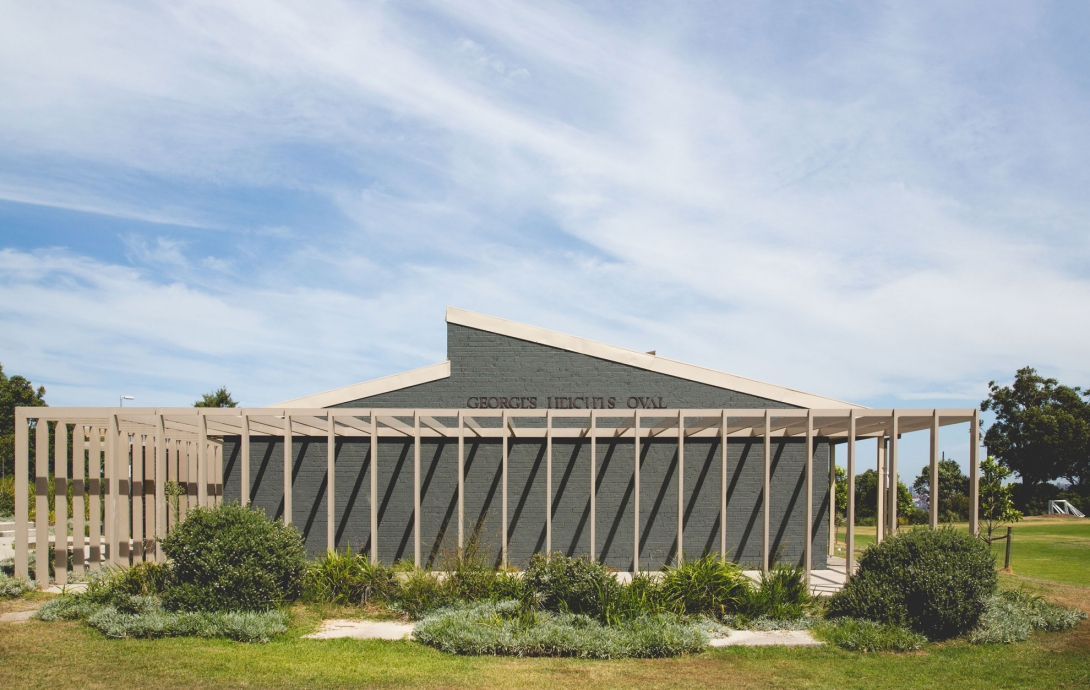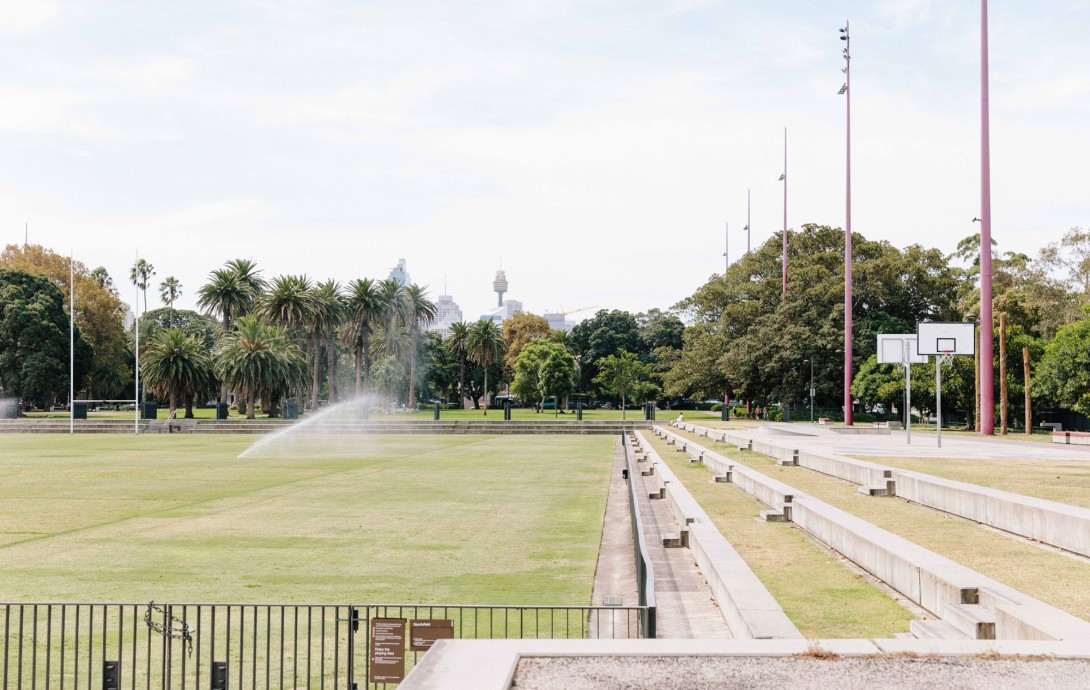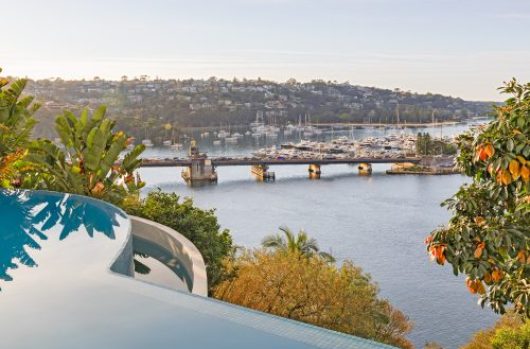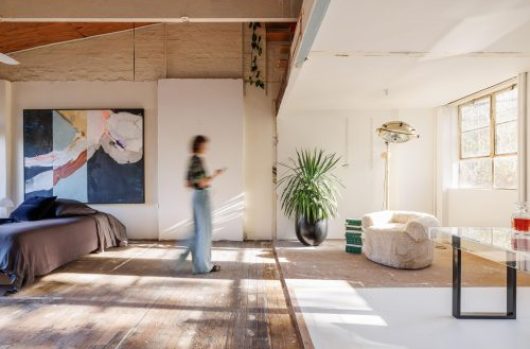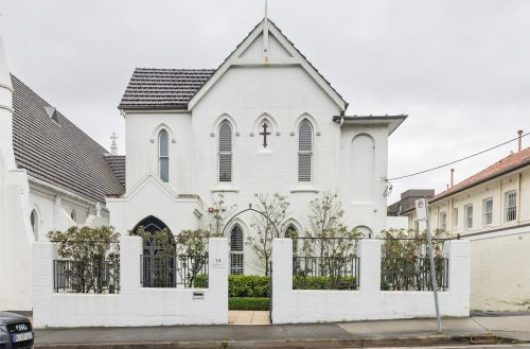
Turf wars
Local sports grounds represent more than just turf. They offer us a battling underdog, the birth of a hero or perhaps even the chance to witness sport history in the making. For many Australians, sport is their adopted religion. Each summer, dyed-in-the-wool cricket fans love a Boxing Day test at the ‘G, as much as footy fans relish a beer and a pie at Allianz Stadium.
In Sydney the best suburban sports venues exude great history and atmosphere. They offer us heritage buildings, shady stands and clunky old scoreboards to keep track of the game. Increasingly high tech stadiums mean our old grounds carry a certain local nostalgia. Just a moment of pause in the empty stand, provides a chance to soak up the energy of these shrines to sporting passion.
So with our half time oranges in tow, we sat down to judge the top local sports grounds in Sydney. With the help of our team we rustled up the best sports grounds with a nod to the heroes, neighbourhoods and local councils that have always supported them.
Yet deep in the belly of Paddo, our beloved Trumper Park is a dinky-dye stand out ground for Aussie Rules, cricket and running.
Named after Victor Trumper, a local Paddington cricket hero known for his elegance in batting, bowling and fielding, Trumper is today relished for its turf cricket pitch, practice nets and running track. Interestingly, the Trumper Pavillion proudly adorns one of the North Shore’s oldest grounds, Chatswood Oval (on the train line between Artarmon and Chatswood) where Victor Trumper played his senior cricket.
When it comes to cricket however, there is no ground more historic than the North Sydney Oval on Miller Street. Here the first cricket pitch was laid on 6 December 1867, making it one of the oldest cricket grounds in Australia.
The first structure built in 1879 was a simple pavilion overlooking the cricket ground.
The Oval had its first major renovation in 1931, after Alderman Blue claimed the pitch was ‘like concrete’. After the overhaul usage rates peaked in the 1970’s when the North Sydney Oval began hosting football matches from three different codes including Rugby League, Rugby Union and Australian Rules, and even the odd game of soccer. Today it is an adored ground with a rich and sentimental spectre. It even hosts outdoor cinema in January.
Back in the day, players were rumoured not to want to sign with the North Sydney Bears in order to avoid having to play on the ‘concrete’ like pitch every second week.
This oval might have hosted a bit of Rugby League, but places like the Jubilee Oval, in Kogarah, are known for hosting original exhibition matches between the Newtown Bluebags and the St. George Dragons as early as 1936.
Jubilee Oval, also known as Kogarah Oval, is today a multipurpose stadium and home of National Rugby League’s St. George Illawarra Dragons. It offers visitors good vibes and great views from all seats. Though Jubilee Oval is primarily used for rugby league, the ground also gave way to the new craze for soccer in 2003 and 2004, when it hosted the Sydney Olympic FC National Soccer League season.
In recent years, in Sydney has seen a surge of soccer interest. Today places to play the sport include the great Georges Heights Oval in Mosman which is home to the Mosman Soccer Club. George’s Heights Oval is 100% iconic. Perched 65m above the escarpment with 270 degree view of the Harbour it is wonderful feature of Headland Park. This oval can be found on grounds created by the Sydney Harbour Federation Trust on land formerly occupied by six Defence bases.
Occupying a unique site which straddles the ridgeline along Middle Head Peninsula you can’t get much better than this.
Another ground which competes with incredible harbour views is Christison Park, Vaucluse. This is yet another example of a Sydney oval perched on top of ocean cliffs which can provide players with sweeping views down to ocean and across Sydney Harbour.
Christison Park has three football fields used for rugby union, soccer and touch football and one hockey field. The No. 1 oval has lights for night training and you can also find three cricket wickets for use in summer. But ovals ain’t just ovals, as any local from Birchgrove to Redfern will tell you. Rabbitoh supporters often refer to Redfern Oval as “The Holy Land”. From first glance Redfern Oval might look like a typical Australian grass football ground, but The South Sydney Rabbitohs Rugby League Football Club played at Redfern Oval for a long stretch between 1948 and 1987, making it an absolutely historic sports ground.
In 2009 the City of Sydney spent $19 million upgrading the oval, giving the Holy Land state-of-the-art training facilities for players and coaches. The capacity of the ground today is a mere 5000 spectators but many years ago it could hold as many as 20,000 fans which would have made it an intense cauldron of noise in the local area. This was once a primitive site but the passions of those rabid fans back in the early 1980’s made it epic and unforgettable to all who pilgrimaged there for games.
Birchgrove Oval is another harbourisde haunt for sports fans and residents seeking recreation. Birchgrove Oval was one of the first publicly developed parks in Sydney and it is regarded as the spiritual home of rugby league in Australia for hosting the first professional match in 1908. Birchgrove Oval also boasts views of the harbour. It’s gentrified position next to the water also made it a fitting headquarters of the Sydney Cricket Club from 1897 to 1947. Today it is very popular for the great institution of Saturday morning sport and it also plays host to sports matches like the Jane McGrath Foundation footy games and the Acoustica Music Festival. It has become a local gathering spot for New Year’s Eve fireworks and offers fantastic views of the Harbour Bridge.
Finally, it wouldn’t be a wrap of local sports facilities without a nod to White City.
White City Stadium in Paddington was a grand sports venue that was purpose built in 1922 to house the New South Wales Championships, today known as the Sydney International.
The venue served as host of the tournament until the Sydney Olympic Park Tennis Centre opened for the 2000 Summer Olympics. Back in the day, White City also played host to some of Australia’s Davis Cup championships especially during their dominant run in the 1950s and 1960s. The 1954 final set the record for the largest crowd at a sanctioned tennis match, with 25,578 in attendance. A record that wasn’t beaten until 2004 when the Davis Cup final held at the Estadio Olímpico de Sevilla, a converted football stadium, finally beat it.
Today there are grass and synthetic courts, but the the old centre court has been left to rot. To reinstate the fine historic stands would cost $4 million and so the entire centre is due for a grand redevelopment by Maccabi-Hakoah conglomerate, despite the opposition of locals.
Yes it seems in 2016 the smell of wet soil and lineament oil is still an intoxicating mix. Australian Sports fans take note. Adrenalin is addictive and our obsession with local fields is not waning despite the digital revolution of screens and games with augmented reality. Turf wars are the old school mecca of outdoor loving Australians and the institution of outdoor sport is here to stay.
